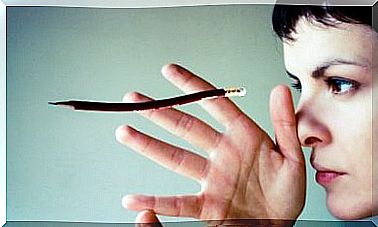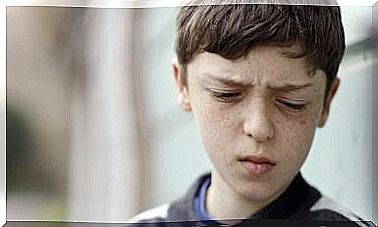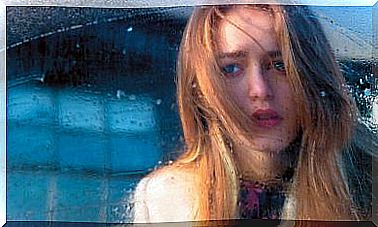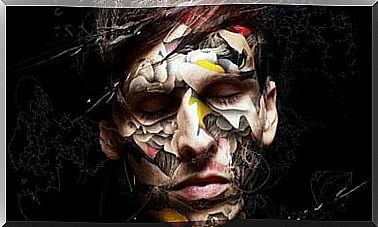The Boy In The Striped Pajamas, Friendship Beyond Barriers
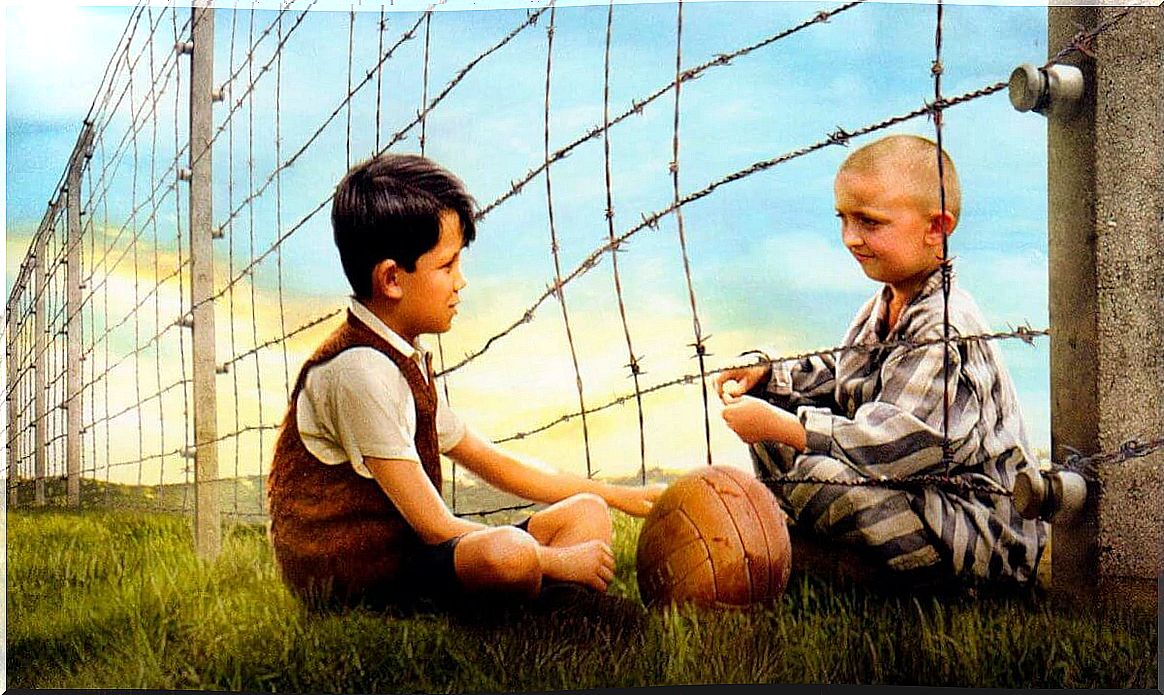
The Boy in the Striped Pajamas is a literary work by John Boyne published in 2006, which was later brought to the big screen by Mark Herman. Film and book present numerous differences, which we are not going to influence as they are not very relevant for the development of this article. Thus, on the other hand, we are going to focus on the main values and reflections that the work transmits, so that film and book will be worth indifferently as a reference.
The boy in the striped pajamas takes place in one of humanity’s cruelest and most shameful moments, the Holocaust carried out during World War II. Episode criticized and repudiated, but that should not be forgotten because, as they say, history helps us to learn and not repeat mistakes.
The story begins
We are located in Nazi Germany, in the home of a military family, with values and ideology that are already well established, or so it seems, among its members. The head of the family is a high-ranking military man in Hitler’s service who, because of his “great work”, will be posted to Auschwitz to continue his work there. The whole family moves to what will be their new home, a completely isolated house, but very close to the concentration camp. Here, we will get to know the characters better:
- The children: The protagonist is Bruno, the commander’s youngest son; like all children his age, he does not know the world and just wants to play. He likes adventure books and wants to be an explorer. In contrast, there is Gretel, her older sister; At first, we see her surrounded by dolls, although she will soon change the dolls that decorate her room for Nazi propaganda. On the other hand, there is Shmuel, a boy Bruno’s age who, being Jewish, lives in the concentration camp.
- Parents: Bruno’s father is a very strict senior military officer who spends little time at home. His wife is initially unaware of much of the “work” that her husband carries out; However, we can see how this situation of ignorance changes, so that, when leaving it, her feelings towards her husband will also change, feeling revulsion for the role he plays in her work.
- The grandparents: They are the parents of the commander. The grandfather is proud of his son, however, the grandmother is very against Nazism and is repulsed by what her son does.
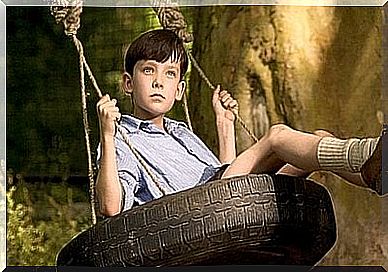
Two realities in The Boy in the Striped Pajamas
In the book The Boy in the Striped Pajamas , we see that Shmuel and Bruno were born on the exact same day, however, their lives are completely different. Bruno lives in a wealthy family, he is the son of a military man and his biggest concern is not having anyone to play with. He suffers from boredom and because he is very upset with the new place in which he has had to live. He doesn’t understand why he has to move out and leave his old friends.
Shmuel is Jewish, therefore, he has been sentenced to live in a concentration camp. As a consequence, his concerns are very different from Bruno’s, although the wishes and innocence of children are also drawn in him.
This contrast of realities shows us how our origin can mark us for life and condemn us; no one chooses where to be born, no one is to blame for belonging to one or another cradle. Children do not understand these differences and see in the other an equal, a friend with whom to play and share adventures. They cannot understand why a barrier separates them if they were born on the same day, if deep down they are so similar.
The barrier in this case is real, but we can also see it as a symbol. Two children born on the same day, two equal children and two very different realities. Currently, we look at the Nazis with contempt, but the moment Bruno was born, he was lucky, or at least luckier than Shmuel. We could say that that barrier, that contrast of realities, still exists today; Although in a different way, it is still not the same to be born in one part of the world as in another, in a wealthy family or in a family lacking in resources.

Relationship with Nietzsche’s Superman
The ideas of the philosopher Friedrich Nietzsche were adopted and reinvented by Nazism. This philosopher believed in a class of men with superior characteristics: strong, intelligent, creative, capable of thinking and reasoning. These men were the survivors, the ones who came out of the herd. The Nazis identified with this superman.
On the other hand, for Nietzsche there were several phases to achieve this Superman status:
- Camel : represents obedience, burdens and responsibilities that we have to bear.
- Lion : the camel, when it no longer wants to be a camel, it becomes a lion. This represents the release of burdens, rebellion and the rejection of traditional values.
- Child : represents the last phase of metamorphosis. The child lives far from prejudices and established values, he is in charge of creating his own values. As if it were a game, the child builds from nothing.
I would like to identify this image of the child with the characters of Shmuel and Bruno ; both are free of prejudices, or semi-free, they are the only ones to overcome that barrier with which adults collide. By crossing the gate, they challenge established values; no matter what they have been taught, their friendship goes further. Bruno wears those striped pajamas, matching Shmuel, for children, friendship is everything and there are no longer differences.
That is to say, they themselves make judgments about the other as they get to know each other, they themselves create their own values out of nothing … and, based on those values, they decide.
The weight of ideas
The boy in the striped pajamas raises the problems that a certain ideology can lead to and the ideas that shape it. In the story and in the film itself we see that ideas can indirectly cause much more damage than any weapon, especially if we take into account the power of some of them, at certain times, to unite wills. Thus, the conviction of people for a certain cause can lead them to commit any type of act, no matter how unfair and cruel it may seem.
For an idea to last over time it is important to instill it in the youngest, we see this in the classes that Gretel and Bruno receive and how their teacher teaches them history following the scripts of the Nazi ideology itself, in this way, it ensures to transmit to the children the values that he considers correct and thus the idea that they belong to a superior or privileged race survives in later generations.
The allusions to Nazi propaganda are also interesting, we see it in the posters with which Gretel decorates her room or in the way of “selling” the quality of life in the concentration camps.
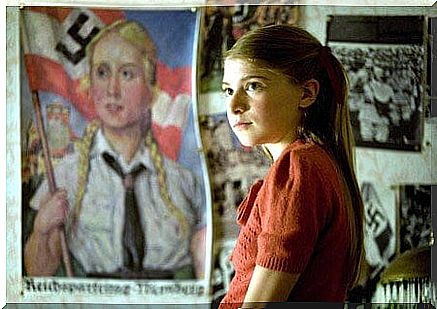
The outcome is already anticipated by atmospheric phenomena, thanks to a literary topic known as locus terribilis ; the rain images warn that something is going to happen. This outcome offers us a reflection: we are not aware of the suffering of the other until we become the other. By reversing roles, feeling the pain of others on our own skin, we become participants and aware of it.
All this, obviously, in an atmosphere of past history, horror and human cruelty, but which leads us to wonder if, in some way and from the comfort of our home, we have not changed so much either and we are still oblivious to the suffering of otherness. .
